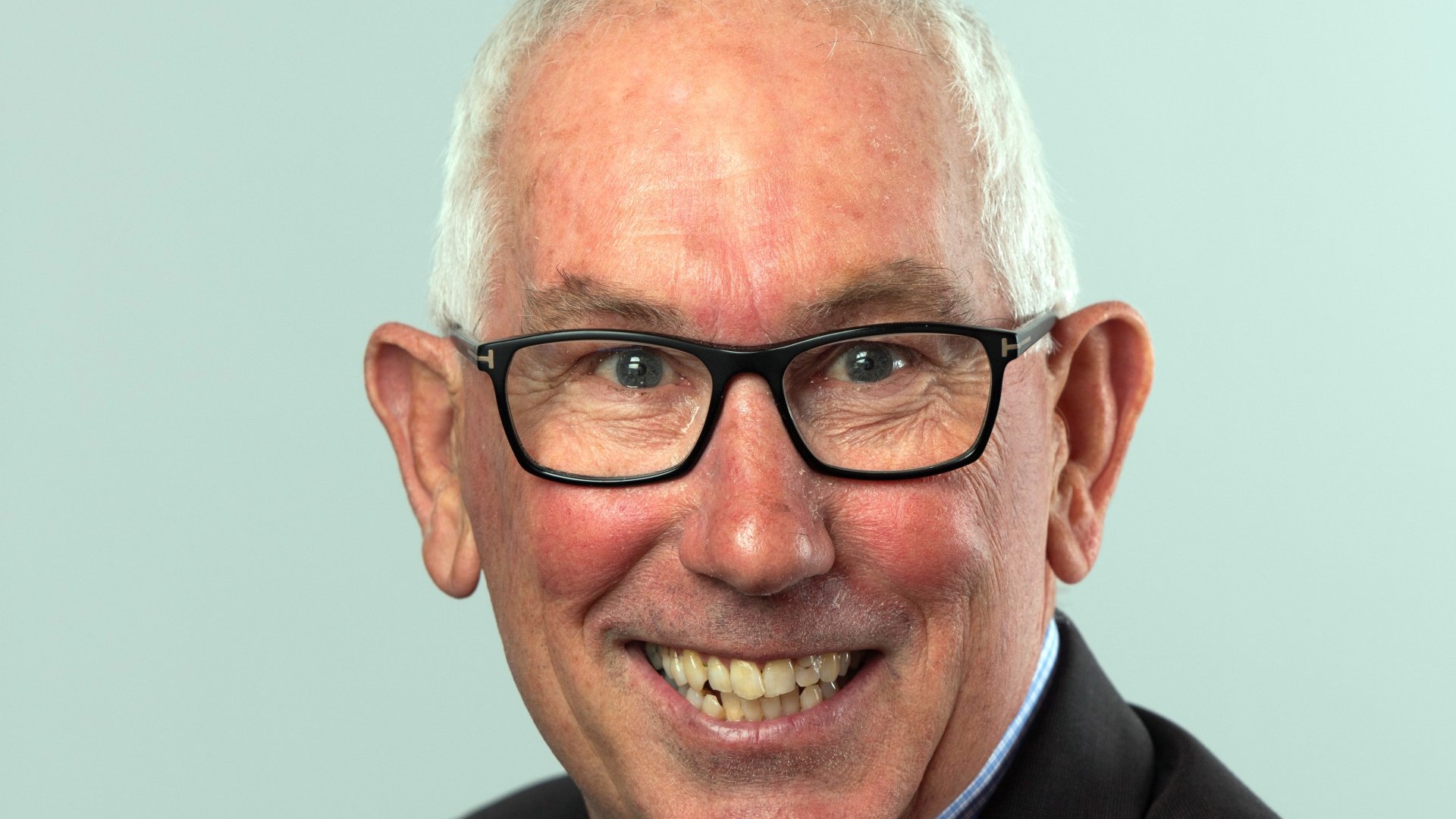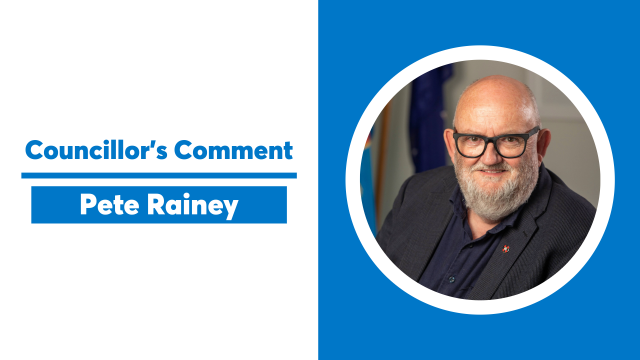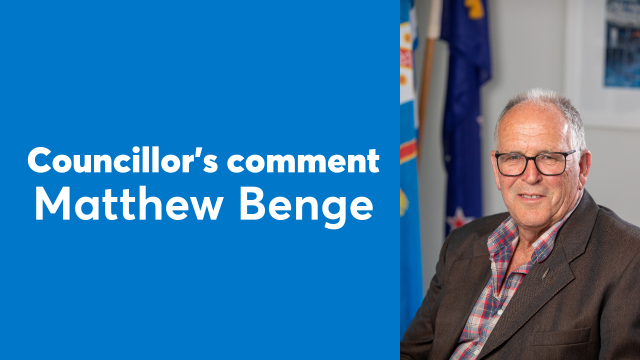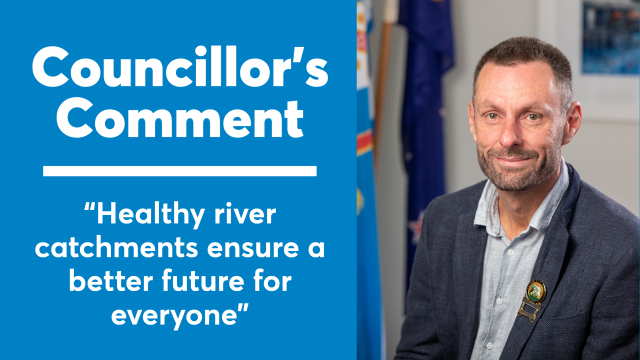Councillor's Comment: Change 'can be made easier when we focus on what we are trying to achieve'
29/07/2021 11:23am
One of my old bosses would often say “change is hard”. Two recent examples with the Innovating Streets trial in Nelson South reminded me of this simple wisdom writes Nelson City Councillor Brian McGurk.
One was the installation of four-way stop signs on Tukaka Street, which some labelled as unworkable and confusing.
The second was the appearance of butterfly and bees road art on Tipahi Street and the subsequent public comment they would be distracting to drivers and encourage children to run out onto the road.
Both of these examples were part of a much wider traffic calming trial for streets in Nelson South.
Prior to this trial, residents had approached the council seeking a solution to the problem of speeding vehicles and increasing numbers of drivers using their streets as a shortcut.
There were 16 recorded crashes in the area in the preceding 10 years, including one resulting in serious injuries.
We also knew from our own monitoring of speeds in the area that cars were driving far too fast, just over 100 km/h by Nelson Intermediate School and over 80 km/h outside Nelson South Kindergarten, in what are residential streets.
The residents’ concerns were justified.
The residents were open to trialling different traffic calming techniques as the more traditional methods didn’t seem to be working.
This presented an opportunity use funding from Waka Kotahi Innovating Streets Fund and work with residents and schools to design and trial new initiatives.
It was very clear that some people love the traffic calming, some hated it, while others had mixed feelings.
Supporters argued the traffic calming protects residents, pedestrians and cyclists from motor vehicles, allows residential streets to better balance their multiple uses and help towards creating a sense of community.
Critics argued that it is a waste of resources, it is an inconvenience and places an unfair burden on drivers, that it merely shifts adverse traffic impacts from one street to another and that it causes more problems than it solves.
Much of the concern about the trial in Nelson South related to specific measures such as the four-way stop, the painted pavement and road art, the picnic tables and tree planters, rather than the general concept of changing the street designs to deliver a specific outcome; slow vehicle speeds, reduce traffic volumes and create a calmer safer street environment.
Council’s monitoring shows this outcome has been achieved with 30 per cent less traffic, and a 37.5 per cent reduction in average speeds.
Change is hard, but it can be made easier if we focus on what we are trying to achieve.
Because, while some may question some of the methods, it’s hard to argue with initiatives that reduce the risk of serious injury or death on our streets.




